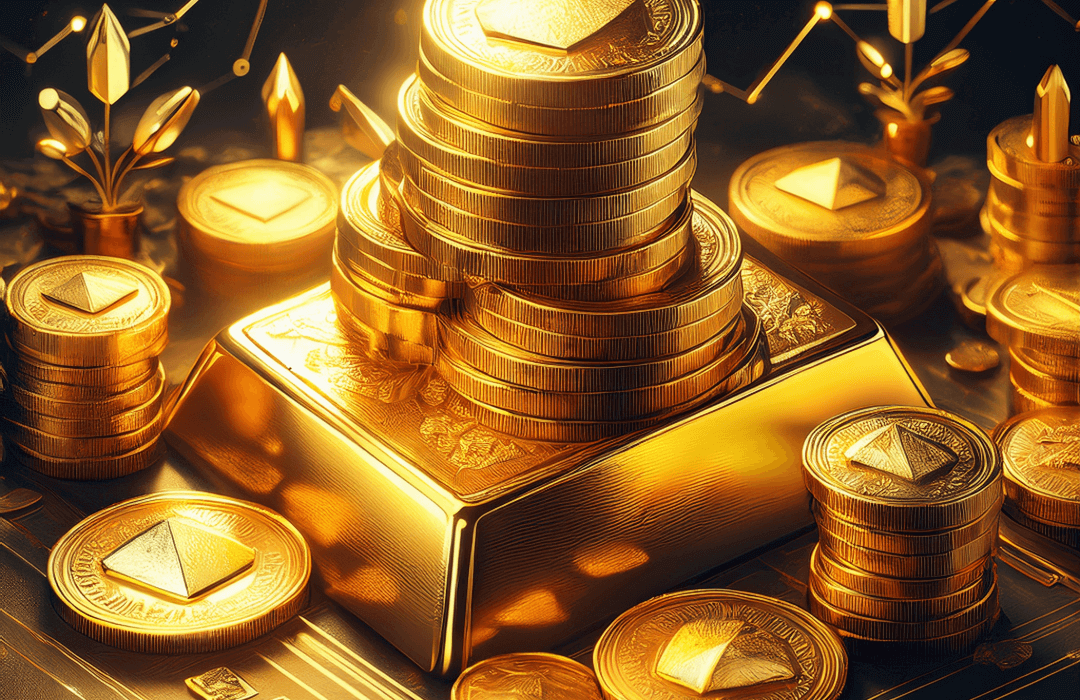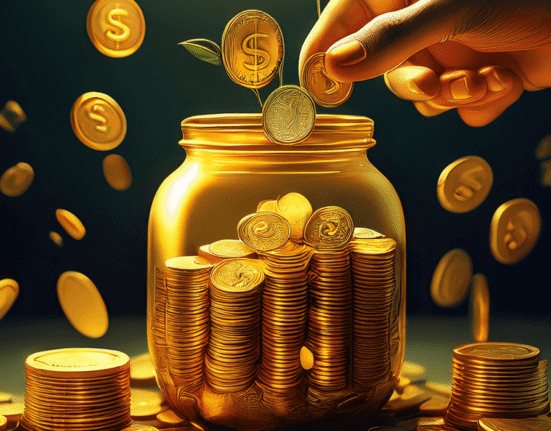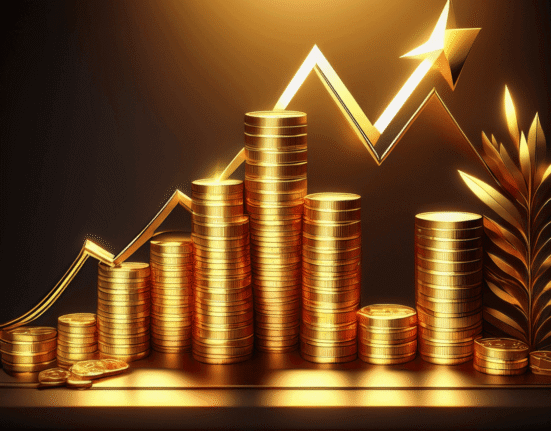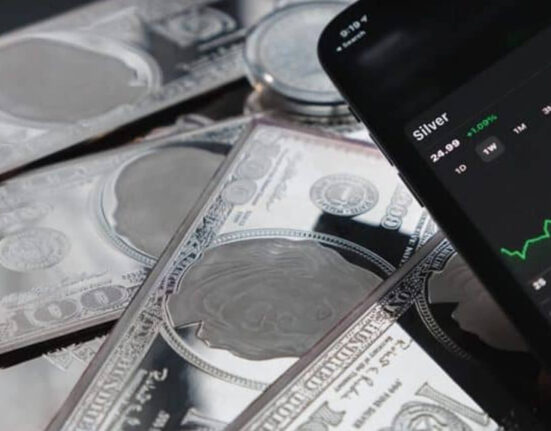Why is the price of gold rising in 2025? Key factors and analysts’ insights
The price of gold has risen significantly in recent times, reflecting growing investor interest in uncertain times. The market is filled with excitement, but also with tension and uncertainty. Over the past year, the price of gold has increased by more than 40%. At the end of April 2025, it climbed above $3,500 (£2,630) per troy ounce (the standard measurement for precious metals). This marks an all-time record (even after adjusting for inflation), surpassing the previous peak reached in January 1980, when the price was $850—or $3,493 in today’s money. Below, you can explore the key factors driving the current rise, and on our portal you can also find a chart showing the real-time gold price.
Economists have attributed the recent surge to several factors, highlighting unpredictable shifts in U.S. trade policy that have shaken global markets. In contrast to market unpredictability, gold is widely seen as a safe investment. Fears of geopolitical instability have only increased its appeal. Many investors have come to appreciate the relative stability that this precious metal offers. Analysts describe the current geopolitical environment as a fatal combination of circumstances that has triggered a modern-day gold rush.

Slika: Zlato je privlačna naložbena priložnost za tiste, ki želijo zaščititi svoja sredstva in potencialno izkoristiti tržna nihanja.
What has really triggered the gold rush?
How can you get precious metals significantly cheaper? Sign up now for free.
- How can physical gold and silver be significantly more affordable?
- How can you reduce commission when buying silver up to - 80%?
- How can you buy silver tax free, where you can get 22% more silver?
- How can you reduce commission when selling silver by as much as - 95%?
Participation in the webinar is free for our readers.
It is not worth buying a single gram until you have this information.
Enter your name and email address now to participate for free.

History repeats itself: geopolitical conditions and the price of gold

Central banks and the fear of the dollar system being used as a “weapon”
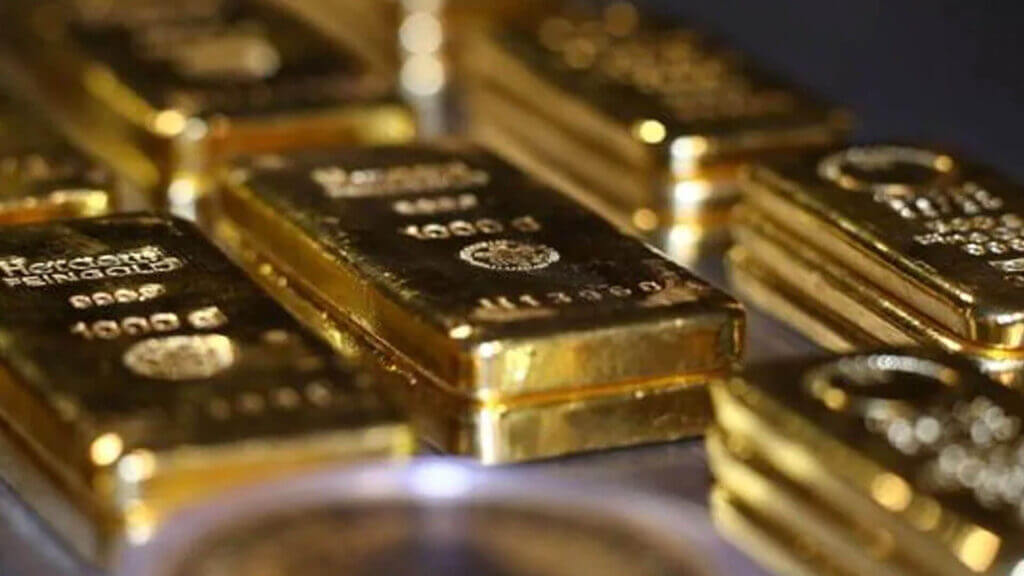
The movement of gold prices in the near future: what do analysts think?
Gold is on the rise – are you ready to seize the opportunity?

PURCHASE OF GOLD. Free information. You can get up to 1/3 more precious metals!
- How can you buy gold and silver for investment?
- Much cheaper.
- We discover how you can reduce seller commissions.
- Highest quality. 999/1000. Good delivery.
Information worth its weight in gold. Completely free
It is not worth buying a single gram until you have this information.
Enter your name and email address now to participate for free.
